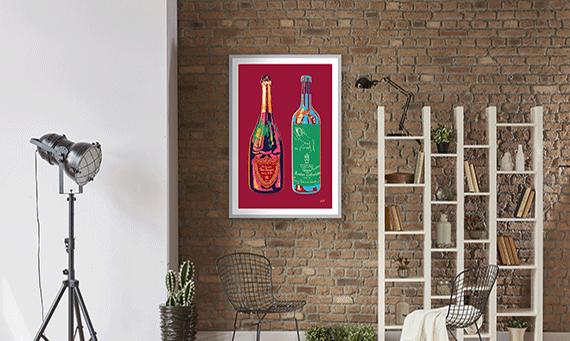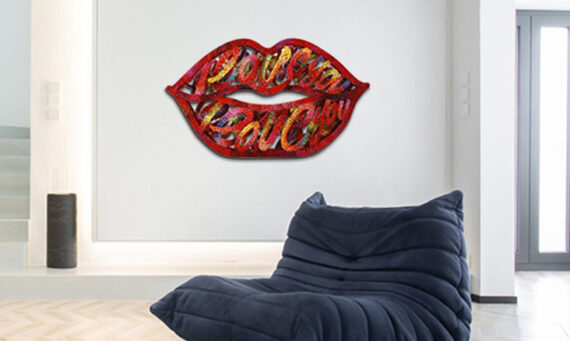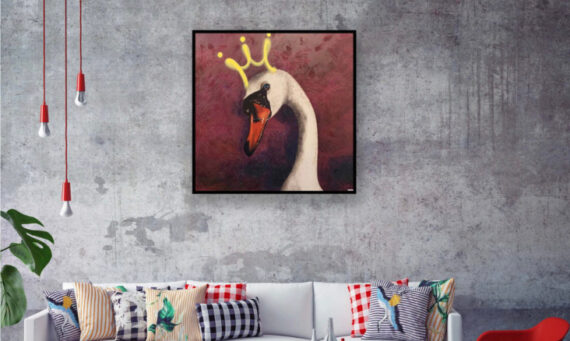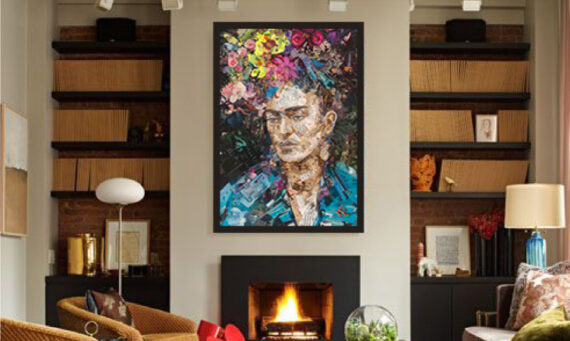Pop Art
Pop Art, a revolutionary movement that emerged in the 1950s, brought the vibrant and often mundane world of popular culture into the realm of fine art. By appropriating images from advertising, comic books, and everyday consumer goods, Pop Art artists sought to blur the lines between "high" art and mass culture, creating works that are at once ironic and celebratory.
Andy Warhol is perhaps the most iconic figure of the Pop Art movement, known for his screen prints of celebrities like Marilyn Monroe and his depictions of Campbell's soup cans. Warhol’s work questioned the nature of art and authenticity, playing with the concept of mass production in a world increasingly dominated by consumerism. Roy Lichtenstein, another central figure, took inspiration from comic strips, using bold primary colours and Ben-Day dots to create works that comment on the commercialisation of emotion and experience.
Today, artists like Riçqué and Marco Battaglini carry the torch of Pop Art forward. Riçqué’s works are an explosion of colour and pattern, fusing fashion and culture into a dynamic visual commentary on modern life. Battaglini’s pieces juxtapose classical art with modern graffiti, offering playful yet pointed critiques of art history and its intersection with popular culture. Vincent Poole’s work channels the energy of Pop Art, blending bold colours and graphic imagery to create pieces that pulse with rhythm and life.
Pop Art remains as vibrant and relevant as ever, continuing to challenge our perceptions of art, commerce, and culture. It reminds us that art can be found in the most unexpected places, and that the ordinary is often worthy of celebration.







